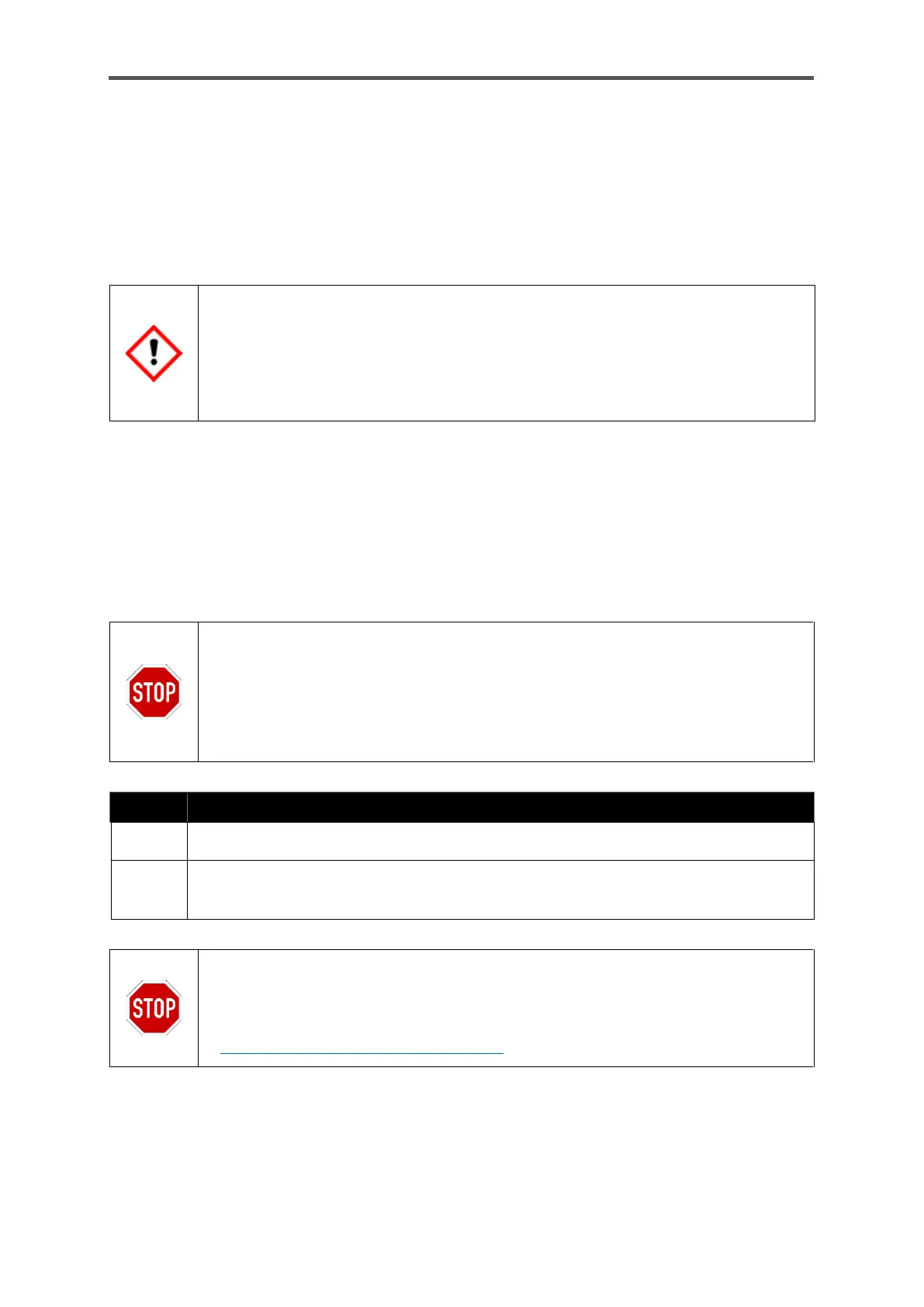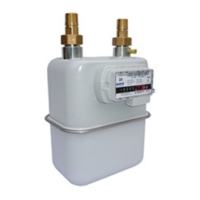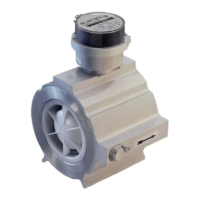GASLAB Q2 AFTER DELIVERY AND AT THE PLACE OF USE
Information for general use
Rev. M / 73023639
The gas outlets are used to convey measured gases and the gas from the bypass into a vent line.
Details of the vent line in the next section.
The breathing elements must not be closed or blocked, e.g. by water, condensation, ice, insects, dirt
or similar, as otherwise the required pressure compensation is impaired.
5.3.2. Connect the vent gas line
Vent gas lines must be vented atmospherically and protected from dirt and moisture.
These lines must be routed to a safe area away from GasLab Q2, as flammable gas flows
through them permanently. Les conduites de gaz d’échappement de l’appareil doivent
assurer une ventilation atmosphérique et être protégées contre la saleté et les liquides.
Ces conduites doivent être dirigées loin du GasLab Q2 vers une zone sûre en raison du flux
constant de gaz inflammable.
The gas outlets of the device are connected to the vent lines via a 6 mm Swagelok connector
(alternatively ¼"). These must discharge the gases without back pressure. The inside diameter (at
least 4 mm ≙ 0.158 inch) must never be tapered!
The minimum internal diameter is 12 mm (1/2”) for long lines or manifold lines. The vent line must
be laid separately, at least 1m ≙ 3.28ft (3 m≙ 9.84ft recommended). If the bypass has a high flow
rate, it should preferably be equipped with a separate vent (waste) gas line to prevent return effects.
Please contact Honeywell in case of deviating exhaust gas conditions.
If the bypass is not used, the outlet must be closed by a gas-tight dummy plug!
The needle valve (not gas-tight) on the left side of the device may also only be opened
when the bypass is in use to increase safety! Si la dérivation n'est pas utilisée, la sortie
doit être fermée par un bouchon aveugle étanche au gaz ! La vanne à pointeau (non
étanche au gaz) située sur le côté gauche de l'appareil ne peut également être ouverte
que lorsque la dérivation est utilisée afin d'accroître la sécurité !
Action: Connect the vent gas line
Remove the transport protection from the gas outlets.
Connect the vent lines directly to the respective outlets.
Prevent the dirt from entering the device.
The pipeline at the breather (if connected) is not part of the waste gas system and must
never be connected to other waste gas lines. La conduite du dispositif d’évent (si
connectée) ne fait pas partie du système d’échappement et ne doit jamais être reliée à
d’autres conduites d’échappement! Refer to / Respectez les
2.6 Handling explosion-protection devices
Since no tightness test can be carried out when the device is switched off, the vent line must be
checked for leaks with a gas detector immediately after commissioning.

